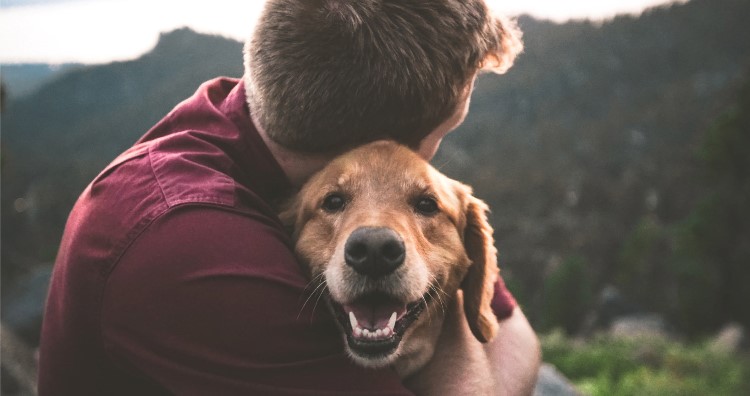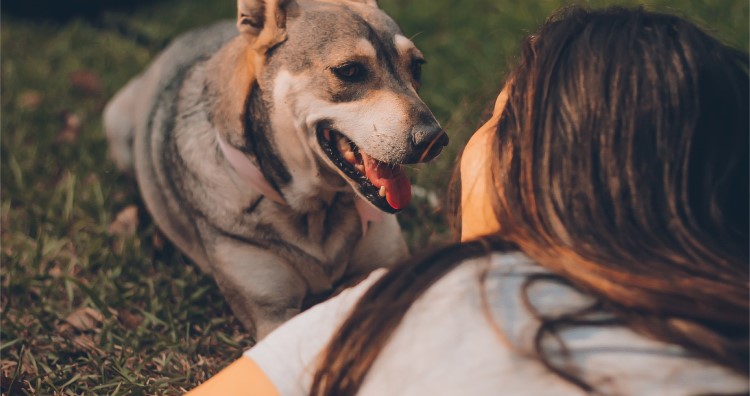- General
- 2023
Facts and fables about the dog’s sense of smell
Did you know that although a dog can detect hypoglycaemia, malaria and some types of cancer, the animal with the finest sense of smell in the world is the African elephant?
An animal’s capacity to detect smells is determined by its genetics, according to research by the University of Tokyo, published in the scientific journal Genome Research (https://genome.cshlp.org/content/early/2014/07/16/gr.169532.113). Their conclusion is that the African elephant has 1984 olfactory receptor genes, more than twice as many as are found in dogs and five times more than in humans. That is to say, the elephant’s trunk is not just the longest nose that we ever heard of, but also the most powerful. Even more so than in bears, which are able to scent food at a distance of several kilometres. The polar bear, particularly, can detect a hole in the ice where a submerged seal is breathing, although it may be nearly a kilometre away.
We know, then, that the sense of smell is fundamental to survival for many mammals. The ability to distinguish different smells is important not only to find food, but also to avoid predators and to find a mate, for example. Did you know that moles smell in stereo? Each of its nostrils functions independently, sending different signals to the brain. This helps the mole to know where the smell is coming from with great precision.
In the case of humans, our upright posture means that the nose is a long way from the ground, which is where most smells are found, and the sense of smell evolved. According to a study by the Rutgers-New Brunswick University (USA), smells have an influence on our behaviour because they generate emotions and form perceptions, since they can revive certain memories. Also, they help us to decide what we want to eat and what we don’t.

Detecting illnesses in people
All of us, animals and humans, use our senses to understand the world and shape our reality, although we use sight, smell, hearing and touch in different ways. We humans base ourselves first on what we see, while animals draw their first conclusions and rely more on their sense of smell. Alexandra Horowitz, a cognitive psychologist who has spent years working with animals, refers to the dog’s powerful nose in her book Inside of a dog, where she explains that a person can tell if sugar has been added to coffee, but “a dog can detect a teaspoon of sugar dissolved in two full Olympic swimming pools”. This is the main reason that has led dogs to become great allies of the police, firefighters and even doctors. It has been demonstrated that after being taught with the positive training method, that is, teaching them to find a smell in exchange for a prize, they hardly ever make a mistake.
The best known work of dogs in relation with their sense of smell is in the detection of drugs. Also in searching for survivors under rubble, as we saw, for example, after the earthquake in Turkey in early 2023. Today, we find the most important advances in the field of medicine: dogs can detect certain diseases such as hypoglycaemia, malaria and cancer.
What does cancer smell of?
It is not that the diseases have a certain smell that dogs can distinguish. What the researchers have found is that the dog identifies the presence of certain medical conditions (for which they have been trained) from various samples of urine, saliva or breath.
The British NGO Medical Detection Dogs (https://www.medicaldetectiondogs.org.uk/) is one of the organizations devoted to training dogs in what is called ‘bio-detection’ for the early diagnosis of diseases, using methods that are less invasive and less expensive. There has been success with Covid-19 and with prostate cancer. Also, diabetes type 1. For this last they trained Magic, a Labrador that detects falling blood sugar in his human companion and gives a warning that help is needed.
This NGO collaborates with the University of Durham, the London School of Hygiene and Tropical Medicine and the Medical Research Council - The Gambia Unit, for the detection of malaria in asymptomatic children without the need to do a blood test and, therefore, without the need for a laboratory. Used socks were collected during 24 hours from 400 school-age children in four different places. The socks were used to train four dogs successfully to be able to differentiate the socks used by children who were carriers of the parasite from those who did not have malaria. The final aim of the research is that the dogs will be able to distinguish at 100% the body fluids of people who are infected.

Also in Spain
At the Hospital Clínic in Barcelona (https://www.clinicbarcelona.org/) research is being done with a dog called Blat in the star role, a pit-bull and Labrador cross-bred. Smelling different samples of breath, Blat can say which patient has lung cancer with 95% reliability. The researchers’ purpose is to develop a method of diagnosing this type of cancer while it is still in the early stages, since at present it is usually discovered in a very advanced state.
Stress emits chemical signals that dogs can smell
We humans produce different smells through our sweat and our breath when we are stressed and dogs can differentiate this smell from what we generate when we are relaxed. This is the conclusion of research at Queen’s University Belfast, where the biggest contribution has been to help us understand how dogs can interpret and interact with psychological states in humans.